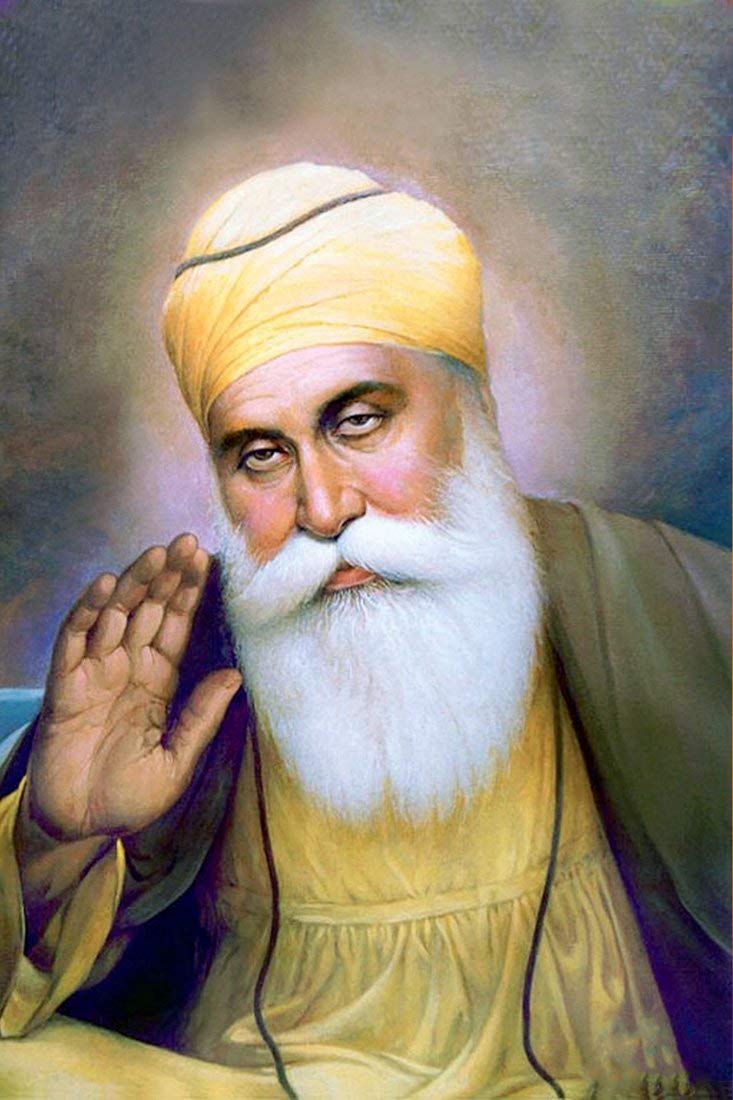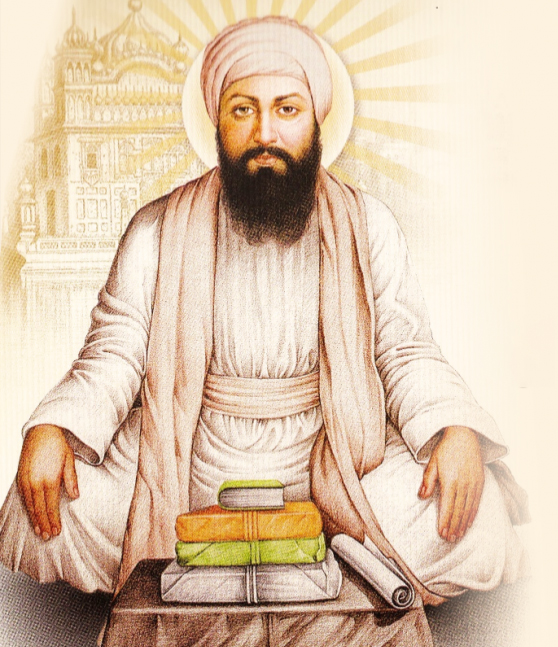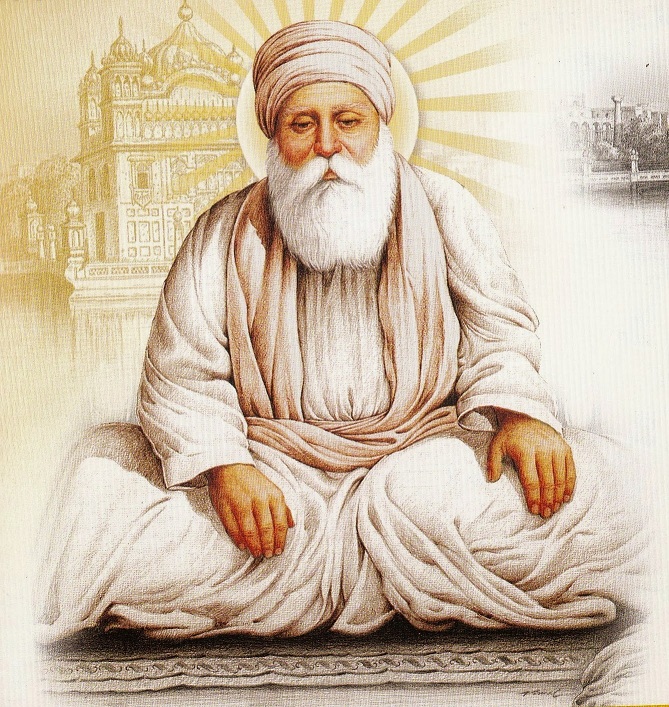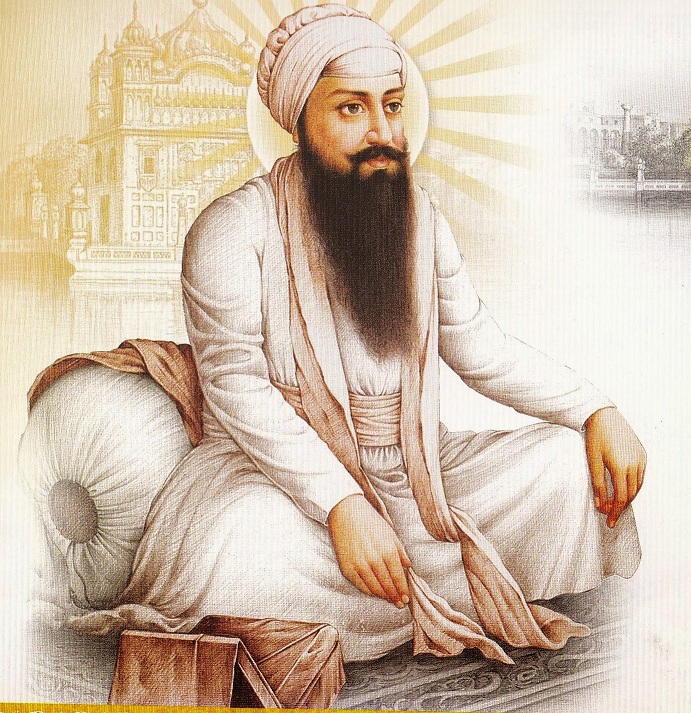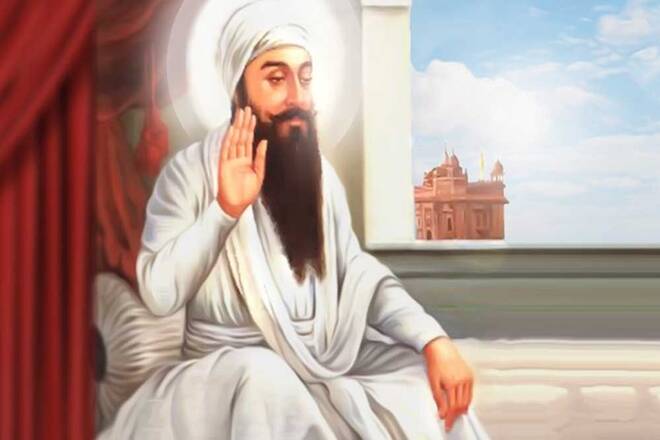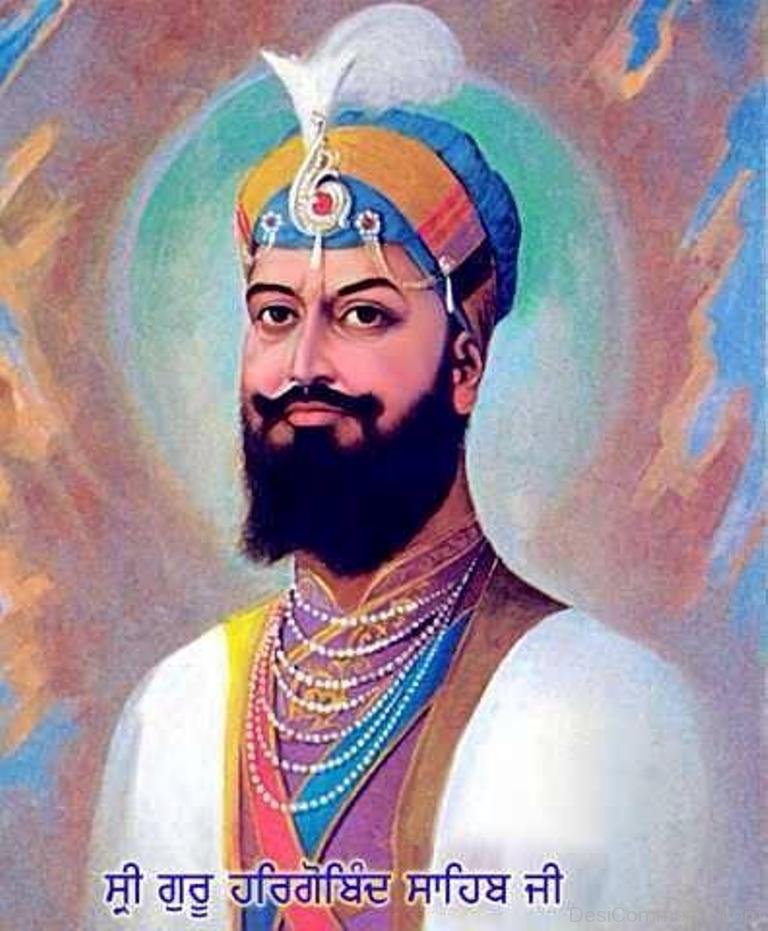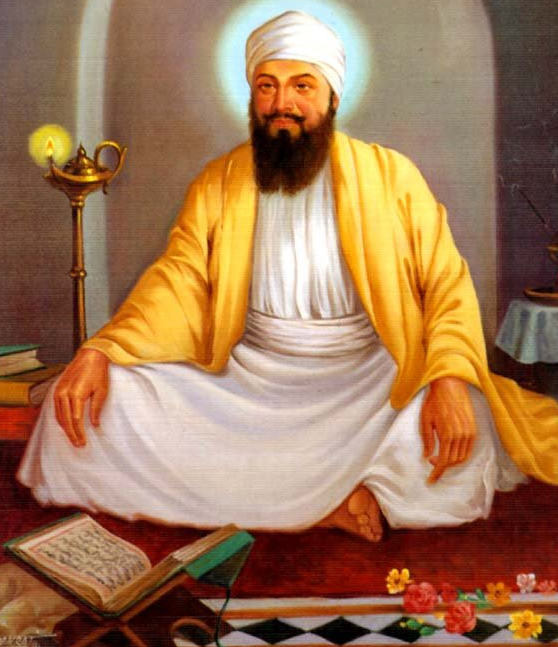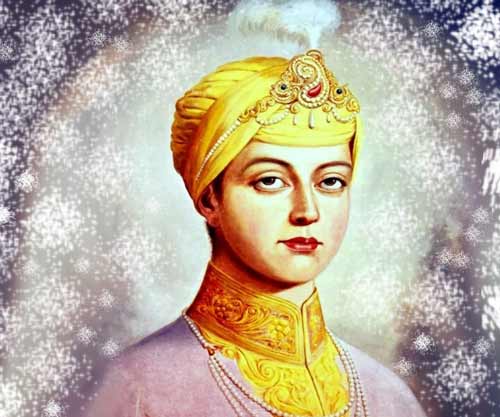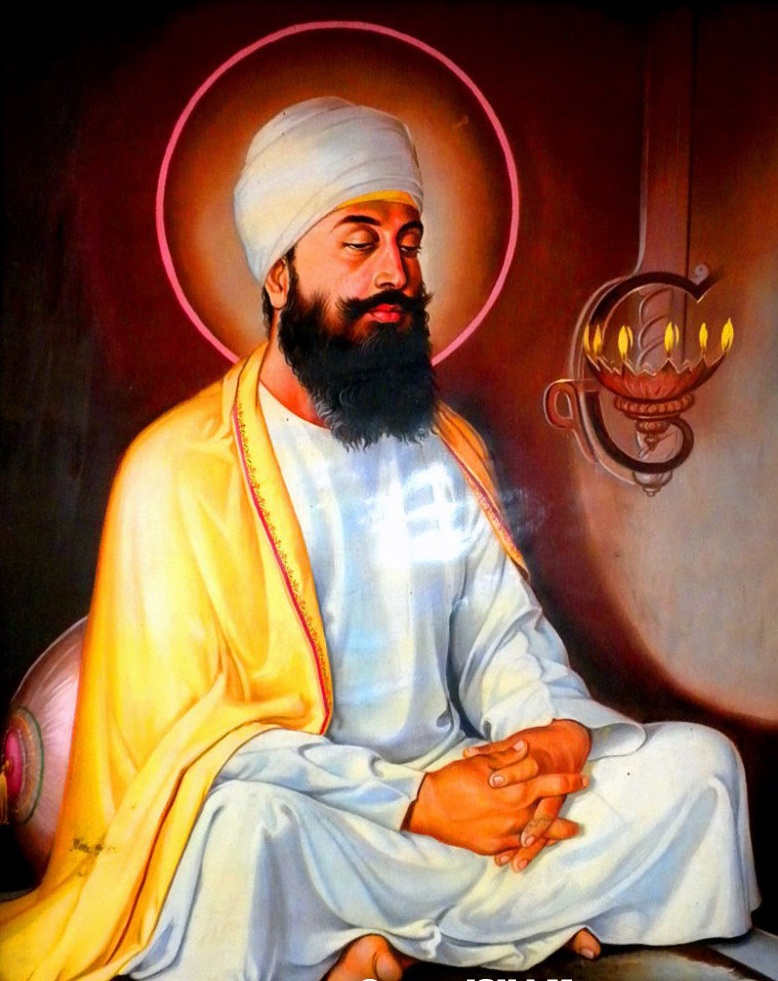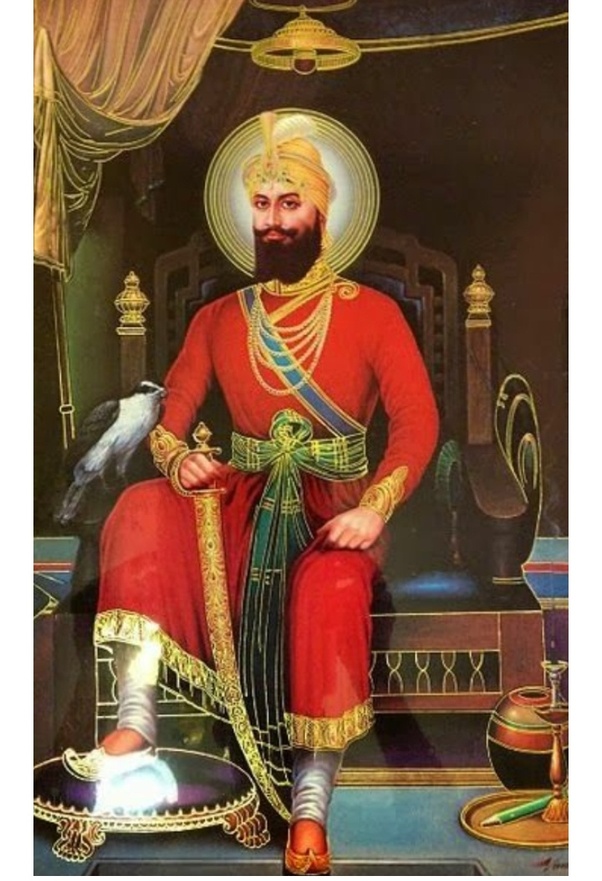Sikhi.ca
Sikhi, is a monotheistic religion that originated in the Punjab region of the Indian subcontinent around the end of the 15th century.
Welcome
What is Sikhism?
Sikhism is a way of life; a disciplined mode of living coupled with a belief in the presence and unity of one God, the equality of all mankind, dedicated faith in the Gurus’ word and love for all of humanity.
The stepping stone for a Sikh is to accept the one God and remember Him with ones mind and acknowledge Him through ones daily actions. A Sikh puts his trust in God alone rather than in other beings, relatives, wealth or possessions.
To act in His name and gradually reach a stage where, as the Guru says, “Water mingles with water and light merges in the light, discarding their separate existence.”
Our Story
About sikhi
Sikhs are people associated with Sikhism, a monotheistic religion that originated in the 15th century in the Punjab region of the Indian subcontinent, based on the revelation of Shiri Guru Nanak Dev Ji.
Any human being who faithfully believes in One Immortal Being; ten Gurus, from Guru Nanak to Guru Gobind Singh; Guru Granth Sahib; the teachings of the ten Gurus and the baptism bequeathed by the tenth Guru.
Male Sikhs generally have Singh (‘lion’) as their middle or last name, though not all Singhs are necessarily Sikhs; likewise, female Sikhs have Kaur (‘princess’) as their middle or last name. Sikhs who have undergone the Khanḍe-kī-Pahul (‘baptism by Khanda’) may also be recognized by the five Ks:
kesh, kara, kirpan, kachera, kanga

5 K’s of Sikhism
5 K’s

kesh
kesh uncut hair, which is kept covered usually by a turban

kara
kara an iron or steel bracelet

kirpan
kirpan a dagger-like sword tucked into a gatra strap or a kamal kasar belt

kachera
kachera a cotton undergarment

kanga
kanga a small wooden comb.

